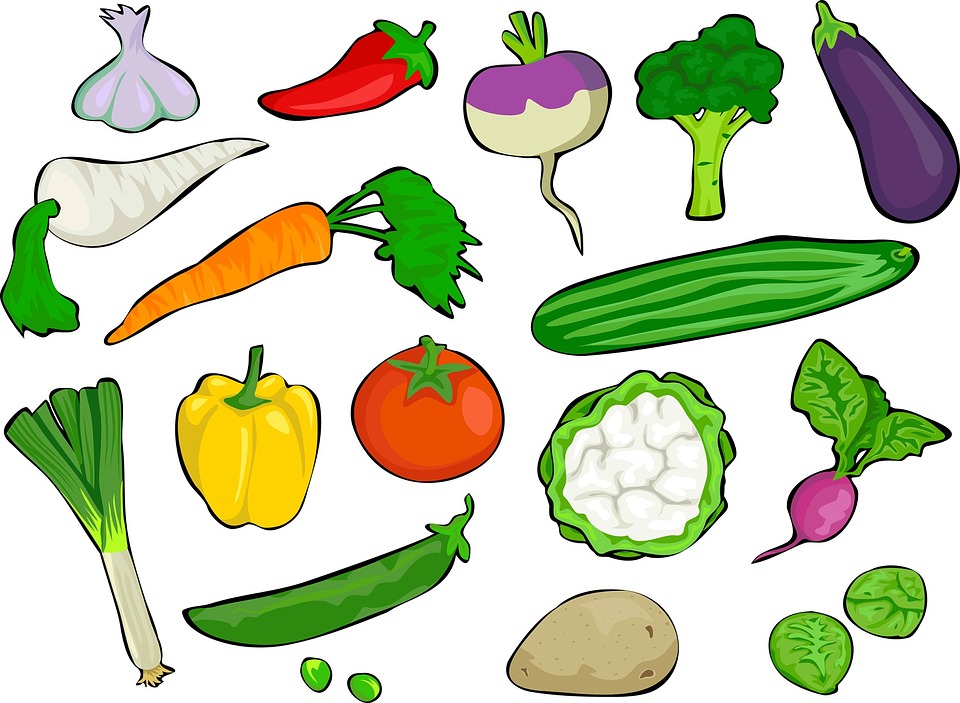Tamar Haspel is a talented food writer for the Washington Post. She often delves into food quality and health issues. In this “Unearthed” piece she uses dollars per calorie as the basic metric of the cost of “healthy” food, and compares basics like flour and vegetable oils to processed foods like Doritos and hot dogs. Using these calculations, the cheapest calories at the grocery store are all-purpose flour, vegetable oil (2 cents per 100 calories), and white sugar (3 cents per 100 calories). Add to this unhealthy cocktail the ubiquitous instant ramen (6 cents per 100 calories) and hot dogs (10 cents per 100 calories) and we start to get a snapshot of the diet of many Americans living on a limited income (Haspel, 2016).
Haspel also makes the point that while money is one barrier to healthy eating, it’s not the only one. In looking at federal food benefit recipients in particular, she acknowledges that they can eat healthy on a budget by focusing on staples like whole grains and dry beans, and mixing in small doses of more expensive calories like chicken and dairy. However, with this approach new barriers crop up such as time and skill to prepare these kinds of foods, and kids who, as Haspel puts it, “complain that what they really want is instant ramen”(Haspel, 2016).
It is no big surprise that some really lousy food for your health is pretty cheap, and that some of the foods that are really good for you, like vegetables, are expensive. For example, there are almost no calories in fresh lettuce and spinach, so its price per calorie is off the charts. Calories as the basic, and sole cost metric is sort of like pounds of pesticides applied as a metric of risk potential. There are good calories and bad calories, and surely that should matter in assessing the price of “healthy” food. The issue of having the knowledge and time to cook healthy food is a whole other can of worms.
I remain convinced the only way society is going to get its arms around diet-health choices is to learn to understand and embrace a “real” definition of food quality that is grounded in a food’s ability to sustain human health. Such a metric will have to be based on % of the nutrients in a serving of food x compared to what a person needs in a day, relative to the % of that person’s daily allotment of calories taken up by the serving of food. Junk food = ratios of 1/10th or less, super foods = rations of 10 or more. This is an incredibly important area for research, and a priority for my future work.
“Expensive” food relative to promotion of human health takes up space in the caloric allotment and does not carry its nutritional load.
Source:
Tamar Haspel, “Is nutritious food really pricier, and, if so, is that really the problem?,” November 25, 2016, The Washington Post

